2018-12-15

- By ChinaWiki.net
- Chinese Edition
- 2019-01-18
Erhai Lake, once called Yeyuze, Kunmichuan, Xierhe and Xierhe in ancient literature, is located in the suburb of Dali, Yunnan Province, the second largest freshwater lake. Beginning from Eryuan in the north, Erhai Lake is about 42.58 kilometers long, with a maximum width of 9.0 kilometers from east to west, a surface area of 256.5 square kilometers, an average depth of 10 meters and a maximum depth of 20 meters. There are two outlets in Erhai: 1. in Xiaguan Town, outflow through the Xier River, and 2. "attracting Er into the guest". Erhai is one of the four landscapes of Dali, "Erhai month". It is said that it is called "Erhai" because it is shaped like an ear. Erhai has excellent water quality and abundant aquatic resources, and is also a scenic spot with beautiful scenery. The Erhai Lake, though called the Sea, is actually a lake. It is said that Yunnan is deep in the inland, and the Bai people express their yearning for the sea, so it is called the Erhai Lake.
In 2014, the Environmental Protection Bureau of Dali Bai Autonomous Prefecture of Yunnan Province invited musicians to compose the image song "The Situation of Erhai Lake" for Dali's Mother Lake "Erhai Lake" in order to enhance people's awareness of environmental protection.
In ancient literature, it was called Er River, Yeyu River, Yeyuze River, Mihe River, Kunmi River, Kunming Lake and so on. It was formed by the collapse of Xier River and plateau lake with the shape of ear, so it was named Erhai Lake. Although the area is not as big as Dianchi, the storage capacity is larger than that of Dianchi due to the deep water level.
Erhai, Cangshan, depends on mountains and rivers. Erhai Lake originates from the Jabil Lake in Eryuan County. It comes from the Bagu Mountains. The Mizhi River flows in the north and receives water from the Polo River in the southeast. The 18 rivers in the Sinacangshan Mountains have a total runoff area of 2565 square kilometers, an area of 251 square kilometers, a storage capacity of 3 billion cubic meters, an average depth of about 11.5 meters and a maximum depth of 20 meters.
wind
Shimonoseki wind, Shimonoseki winds all year round, sometimes wind up to eight or more. About the wind of Xiaguan, there is a beautiful legend. Legend has it that there is a white fox living on the sloping sun peak of Cangshan Mountain. She falls in love with a Bai scholar in Xiaguan, so she becomes a human figure to associate with the scholar. Their love is discovered by Luo Quan, a mage of Luo Quan Temple in Erhai Lake. He can not allow them to be together, so she casts a spell to drive the scholar into Erhai Lake. To save the scholar, the fox girl went to the South China Sea to seek help from Guanyin. Guanyin gave her six bottles of wind. She blew the Erhai water dry with the wind in the bottle to save the scholar. When the fox girl returned to Xiaguan Tianshengqiao with six bottles of wind, she was plotted by Master Luo Quan. She fell to the ground and broke five bottles of wind. The wind gathered on the Tianshengqiao, so the wind was very strong. According to the scientific explanation, because the nineteen peaks of Cangshan Mountain are too high to block the air convection on both sides of the East and west, and the Xiaguan Tianshengqiao Canyon between Cangshan Xieyang Peak and Ailao Mountains is only the outlet of the air convection, the Xiaguan wind is especially strong, especially in winter and spring, walking on the street opposite the Tianshengqiao Canyon. On the road, a strong wind can not stand.
FLOWER
Shangguanhua, located at the foot of Yunlang Mountain in Cangshan, Dali, is the stronghold of Gongweidali formed since the Tang Dynasty. There is a flower tree named "Ten Lixiang" in Huashu Village, Guanwai. Legend has it that it was planted by the immortal Lv Dongbin. The flower is as big as lotus. It opens 12 petals every year and 13 petals in leap year. The color of the flower is yellow and white. It is beautiful and attractive. The shell of the flower is black and hard, and it can be used as a pearl. By the late Qing Dynasty, because there were too many tourists, especially the government officials and nobles who came here to enjoy flowers, all had to be treated by the local Bai people. The people could not bear the burden of free food, so they cut the flowers off. According to textual research, Shangguan flower is the flower of the magnolia flower, which can be seen everywhere in Dali.
Snow
Why does snow in Cangshan snow on Cangshan for thousands of years? There is a beautiful legend circulating in Dali. Legend has it that in ancient times, there were a number of plague gods in Dali Dazi rampant tyranny, so that the people "ten sick nine people died." In order to save the suffering people, two brothers and sisters of the Bai nationality came back under the guidance of Guanyin and drove the plague gods to the top of the Cangshan Mountain to freeze to death. In order to let the plague God never come back to life, sister also turned into a snow god, forever suppressed Cangshan plague god, so Cangshan Snowman Peak has a thousand years of snow. In fact, it is because of the high altitude in Cangshan and the low temperature on the top of the mountain.
month
On the night of the Mid-Autumn Festival on August 15 of the lunar calendar, Bai people who live near the Erhai Lake in Dali will row wooden boats into the Erhai Lake to enjoy the golden moon reflected in the sea. The sky, clouds, the moon and the sea are together to form a beautiful picture. About Erhai month, the most widely spread is the story of Princess Tiangong. Legend has it that there is a princess in the Tiangong who envies the happy life on earth and goes down to a fishing village on the edge of Erhai Lake to marry a fisherman. In order to help the fishermen live a life of plenty of clothes and food, the princess sank her mirror to the bottom of the sea and illuminated the fish so that the fishermen could catch more fish. Since then, the precious mirror in Haiti has become the golden moon, shining light, shining on generations of fishermen, and thus became the "Erhai Moon" for people to watch.
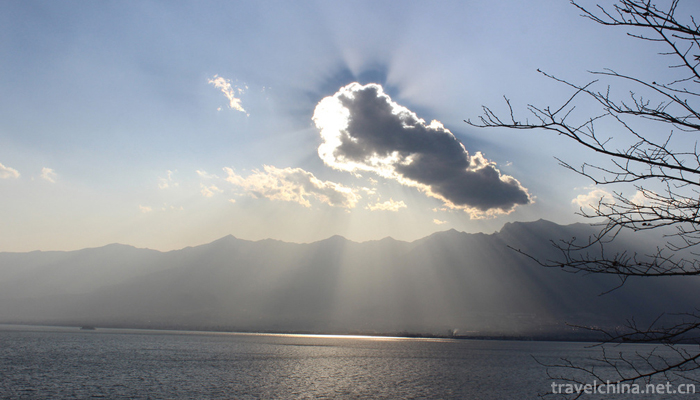
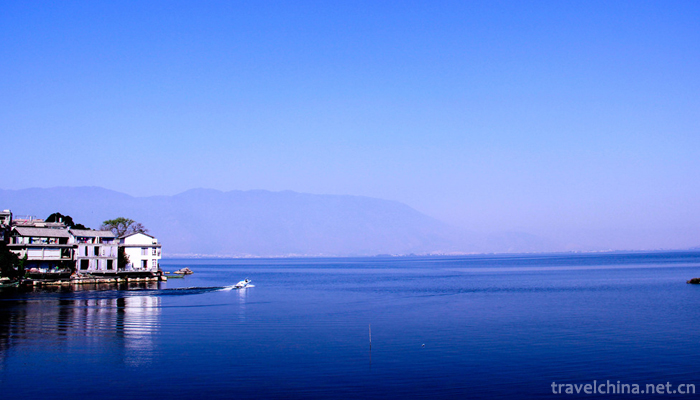

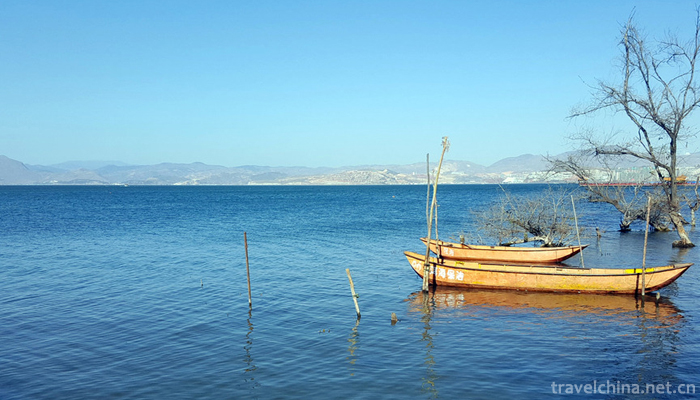
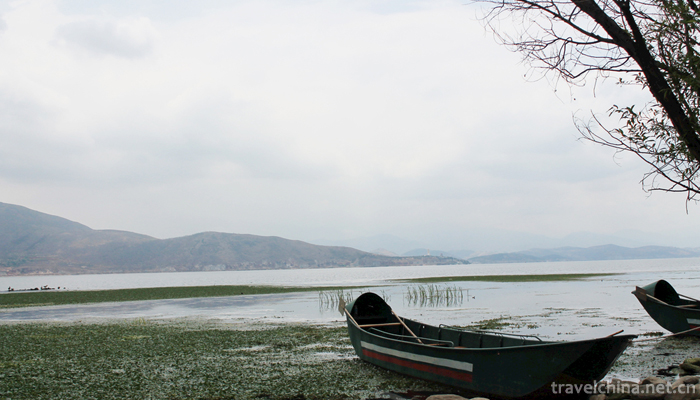
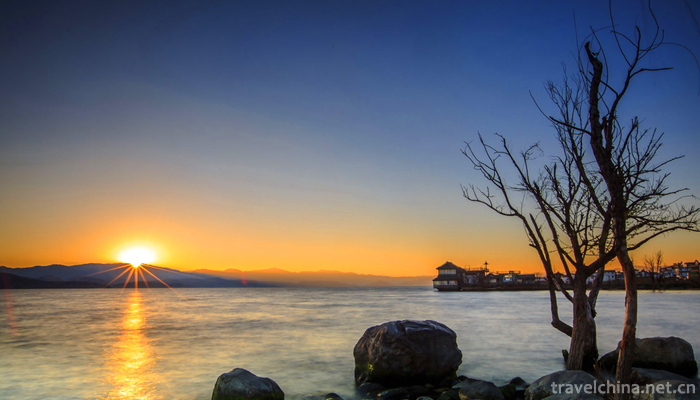

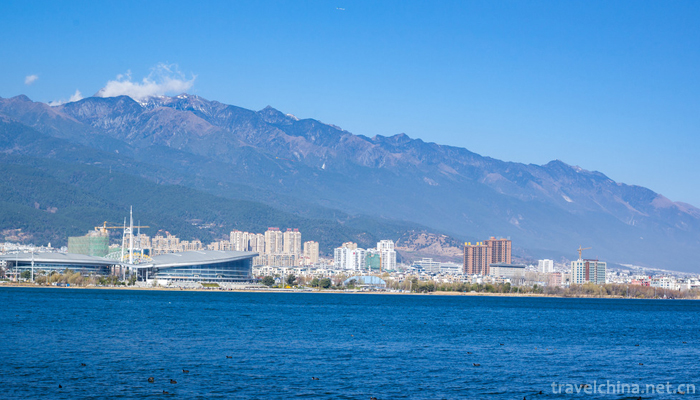
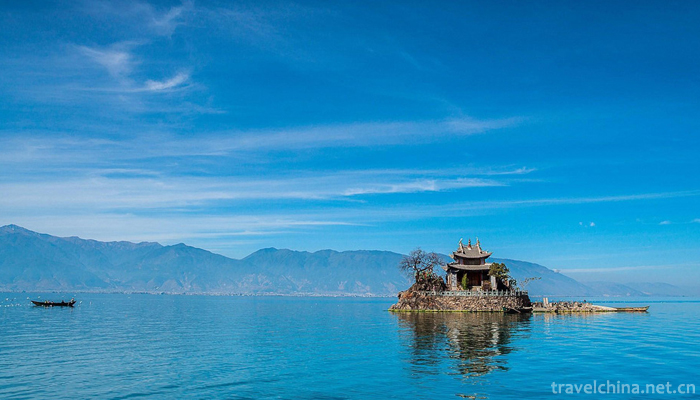

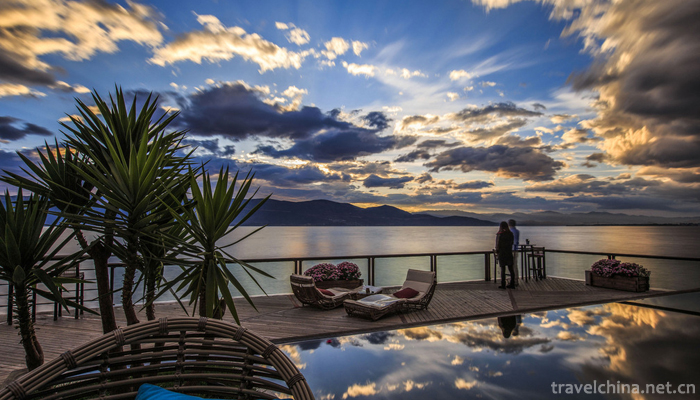

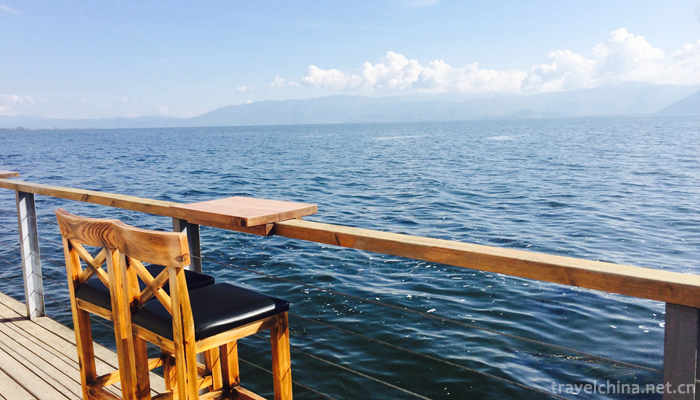
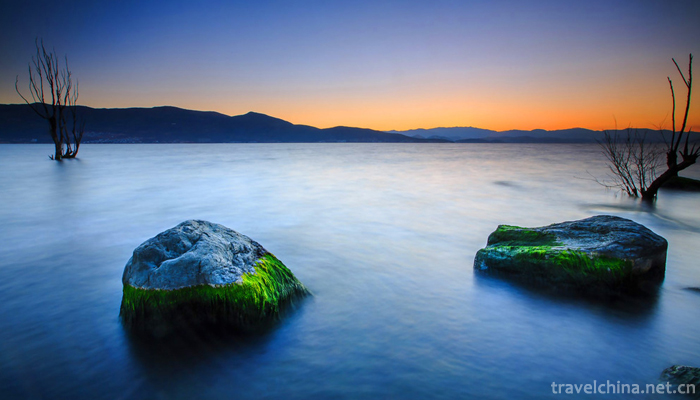
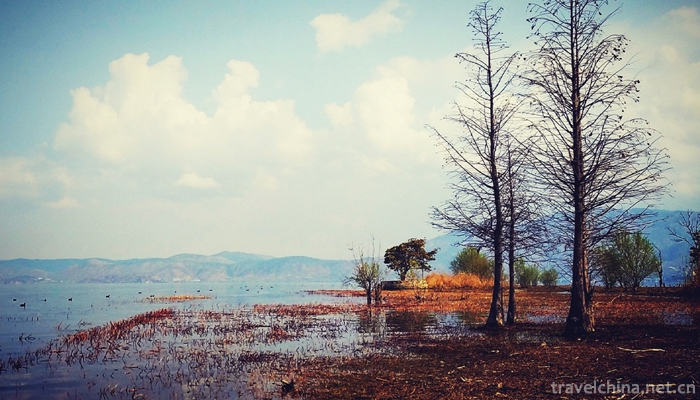


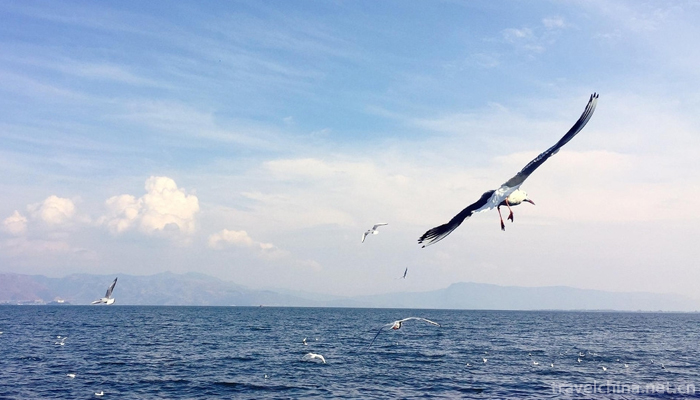
Ask a Question
Your email address will not be published.

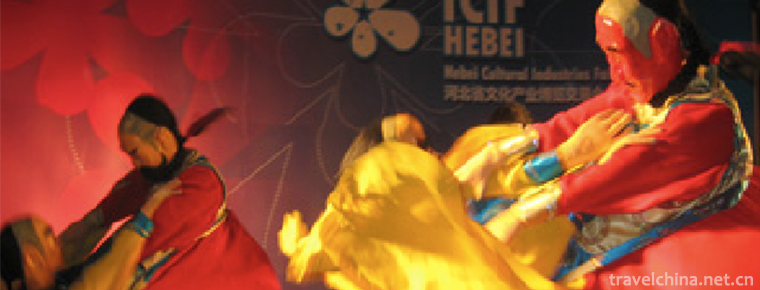
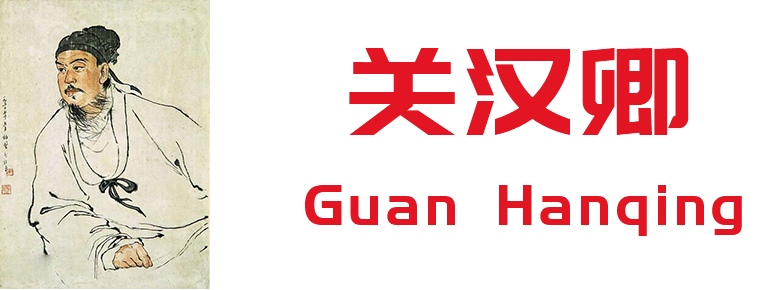
0 Questions